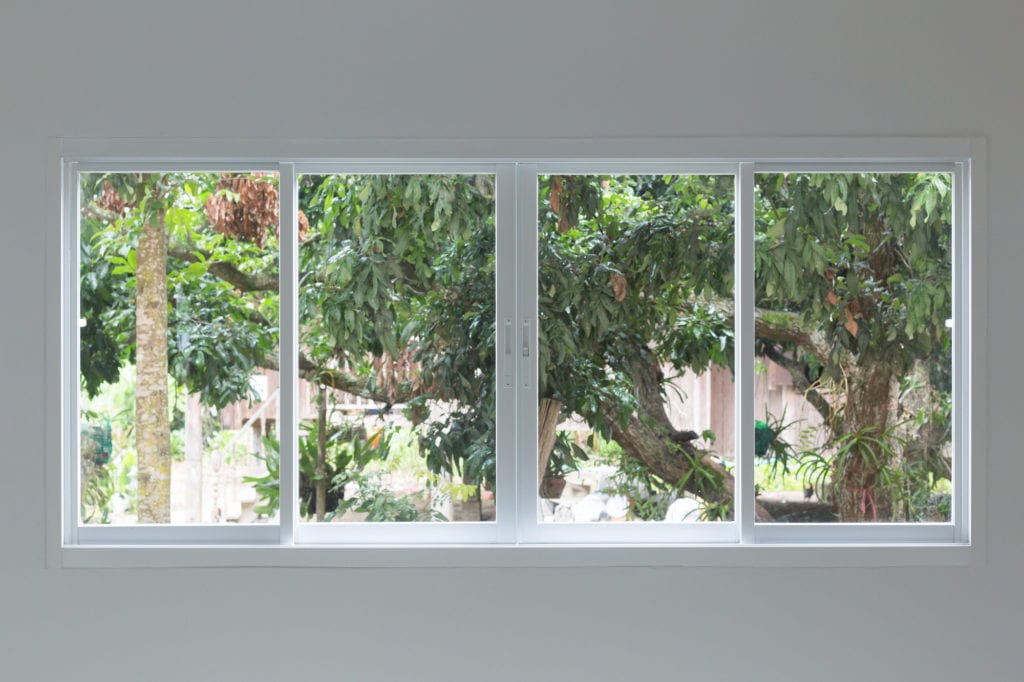All Categories
Featured
Table of Contents
Insulated Glass Unit – Igu in Trigg Perth
Glazing merely means the windows in your house, consisting of both openable and fixed windows, along with doors with glass and skylights. Glazing actually simply implies the glass part, but it is usually used to refer to all aspects of an assembly consisting of glass, movies, frames and home furnishings. Taking note of all of these aspects will help you to attain reliable passive style.

Energy-efficient glazing makes your home more comfy and drastically minimizes your energy expenses. However, inappropriate or inadequately created glazing can be a major source of unwanted heat gain in summer and substantial heat loss and condensation in winter. Approximately 87% of a house's heating energy can be gained and as much as 40% lost through windows.
Glazing And Glass Options - Smarter Homes in Ocean Reef Western Australia
Glazing is a considerable investment in the quality of your house. A preliminary financial investment in energy-efficient windows, skylights and doors can greatly decrease your annual heating and cooling expense.
This tool compares window selections to a base level aluminium window with 3mm clear glass. Understanding some of the key properties of glass will assist you to choose the very best glazing for your home. Secret residential or commercial properties of glass Source: Adapted from the Australian Window Association The amount of light that goes through the glazing is referred to as noticeable light transmittance (VLT) or noticeable transmittance (VT).
Canberra Window Replacement - Upvc Double Glazed ... in Alfred Cove Perth
The U value for windows (revealed as Uw), explains the conduction of the whole window (glass and frame together). The lower the U worth, the higher a window's resistance to heat circulation and the much better its insulating value.
For instance, if your house has 70m2 of glazing with aluminium frames and clear glass with a U value of 6. 2W/m2 C, on a winter's night when it is 15C cooler outside compared to inside your home, the heat loss through the windows would be: 6. 2 15 70 = 6510W That is equivalent to the total heat output of a large space gas heating unit or a 6.
What Is Double Glazing Windows And Doors? in High Wycombe Western Australia

If you choose a window with half the U value (3. 1W/m2 C) (for example, double glazing with an argon-filled gap and less-conductive frames), you can cut in half the heat loss: 3. 1 15 70 = 3255W The solar heat gain coefficient (SHGC) for windows (expressed as SHGCw) measures how readily heat from direct sunlight streams through an entire window (glass and frame together).
The lower a window's SHGC, the less solar heat it sends to your home interior. Glazing makers declare an SHGC for each window type and design. The real SHGC for windows is affected by the angle that solar radiation strikes the glass. This is understood as the angle of occurrence.
Double Glazing Vs Triple Glazing: Which Should You Choose in Maddington WA
When the sun is perpendicular (at 90) to the glass, it has an angle of incidence of 0 and the window will experience the maximum possible solar heat gain. The SHGC declared by glazing makers is constantly determined as having a 0 angle of occurrence. As the angle increases, more solar radiation is reflected, and less is sent.
Latest Posts
Double Glazed Windows: A Complete Guide in Kelmscott WA
How Does Double Glazing Keep Heat Out? in Lathlain Western Australia
A Complete Guide To Double Glazed Windows in Wembley Downs WA